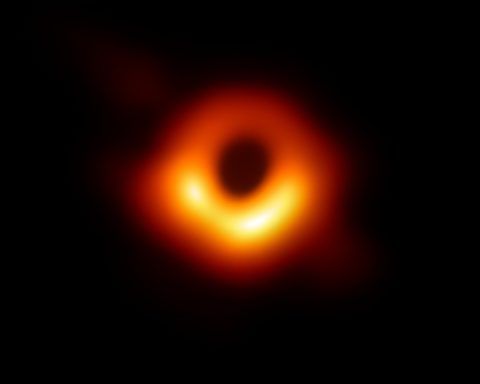
Brighter Than 10 Trillion Suns: Record Black Hole Flare 10 Billion Light‑Years Away
Date: November 7, 2025 Key points What happened—and why this one is different A Caltech‑led team reports an extraordinary flare from the supermassive black hole in AGN J2245+3743, first seen rising dramatically in 2018 and now recognized as a record‑setter




